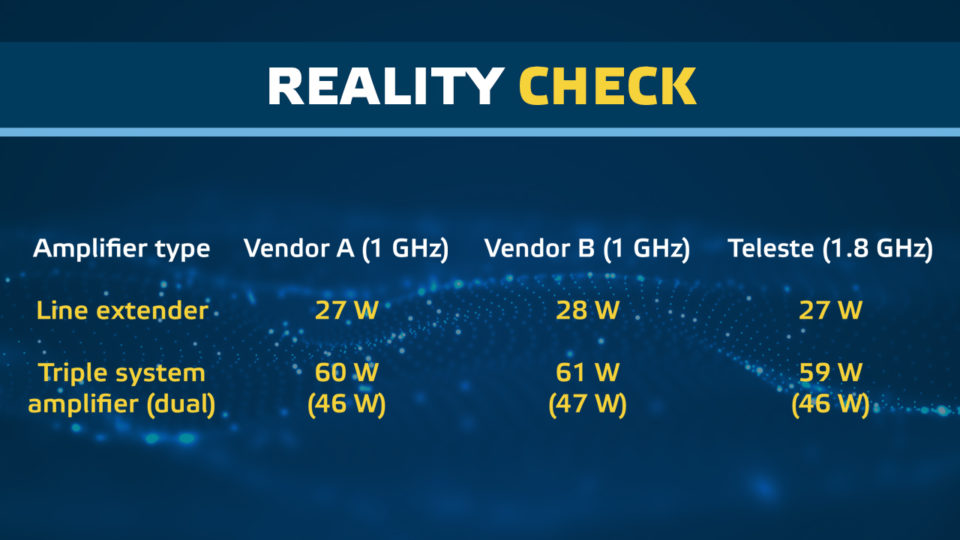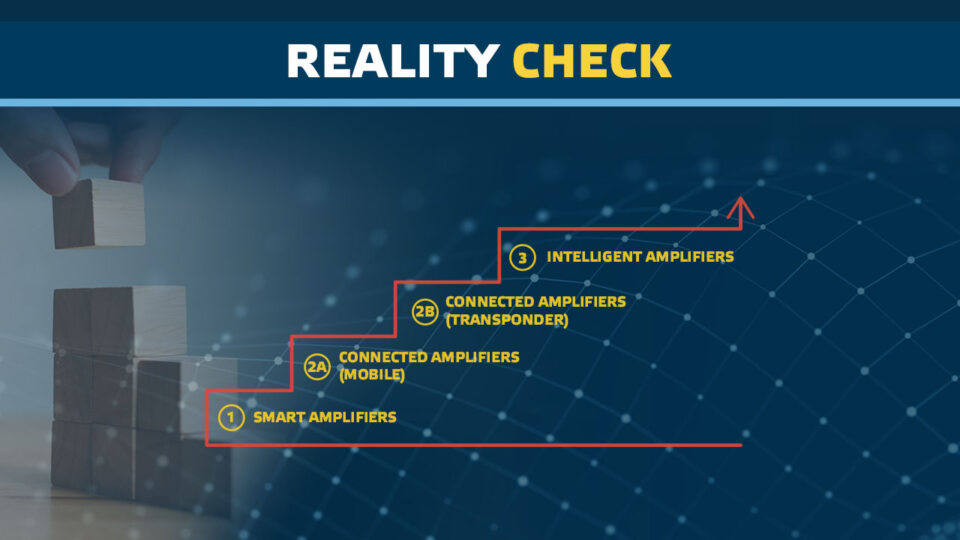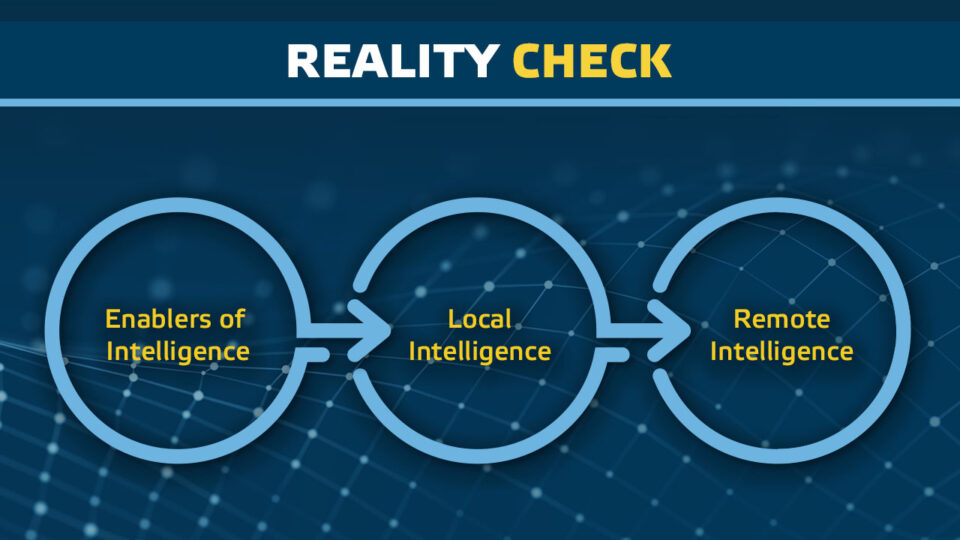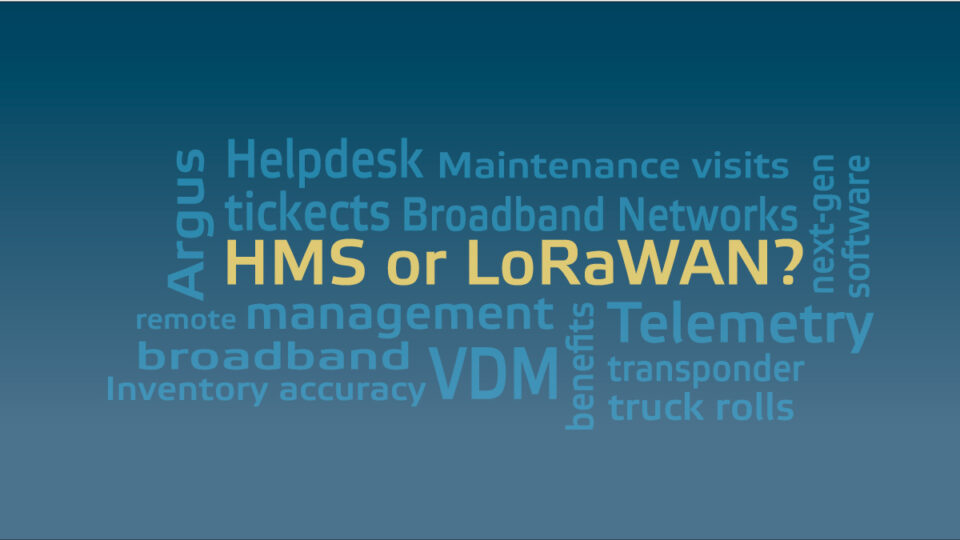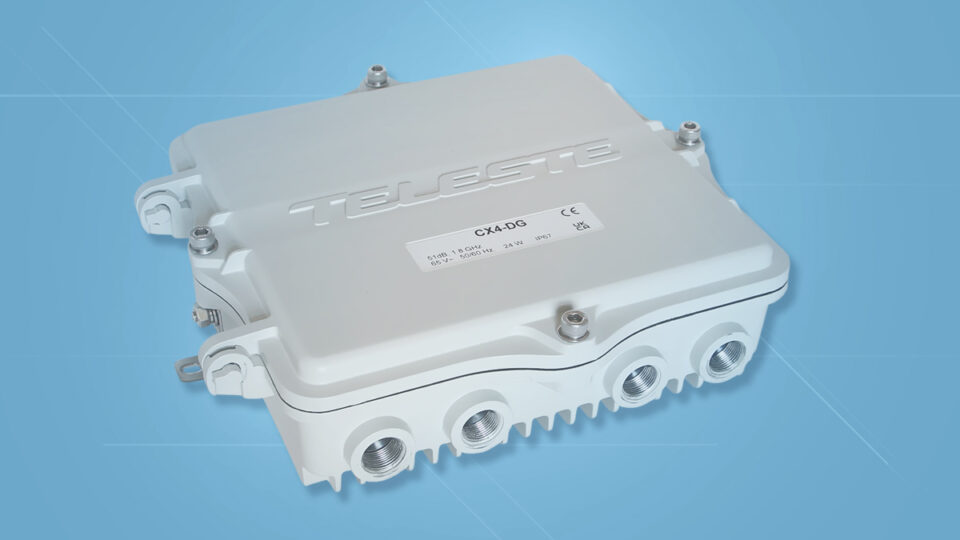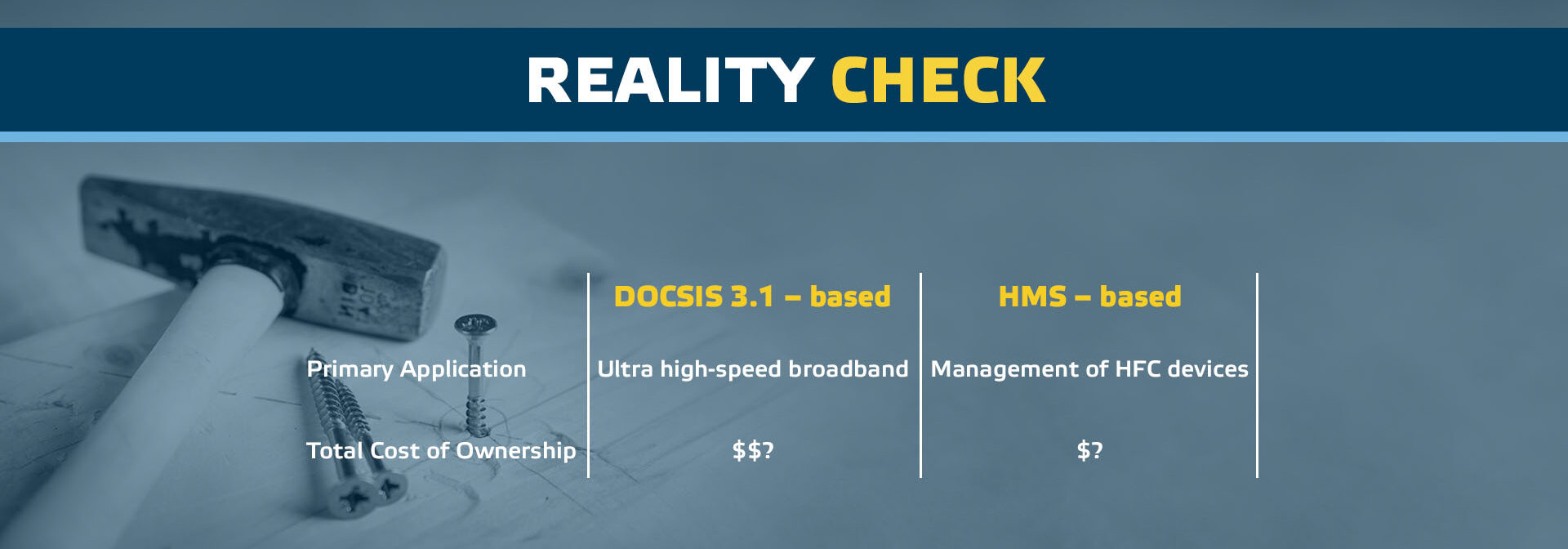
The future of HFC transponders: a reality check
The DOCSIS 4.0 technology, when implemented over soon-to-be-upgraded HFC networks, will cater to the demands of upcoming bandwidth-intensive applications. Yet, certain nuances continue to perplex the cable industry as it plans these upgrades. The rationale for telemetry and transponders is becoming evident.
Transponders are not solely for managing cable network disturbances; they also offer capabilities such as remote alarms, full-band spectrum capture, remote amplifier diagnostics, and remote RF alignment adjustments. Nevertheless, the industry is still deliberating whether transponders, crucial for leveraging advanced telemetry to users’ advantage, should adopt DOCSIS or HMS technologies. Both technologies present distinct advantages, and this article aims to concisely enumerate them to assist cable MSOs in making informed choices. Table 1 outlines these advantages and their associated disadvantages. As DOCSIS 3.0 transponders near the end of their lifecycle, our analysis will focus on DOCSIS 3.1 and its counterpart, the HMSv2 transponders.
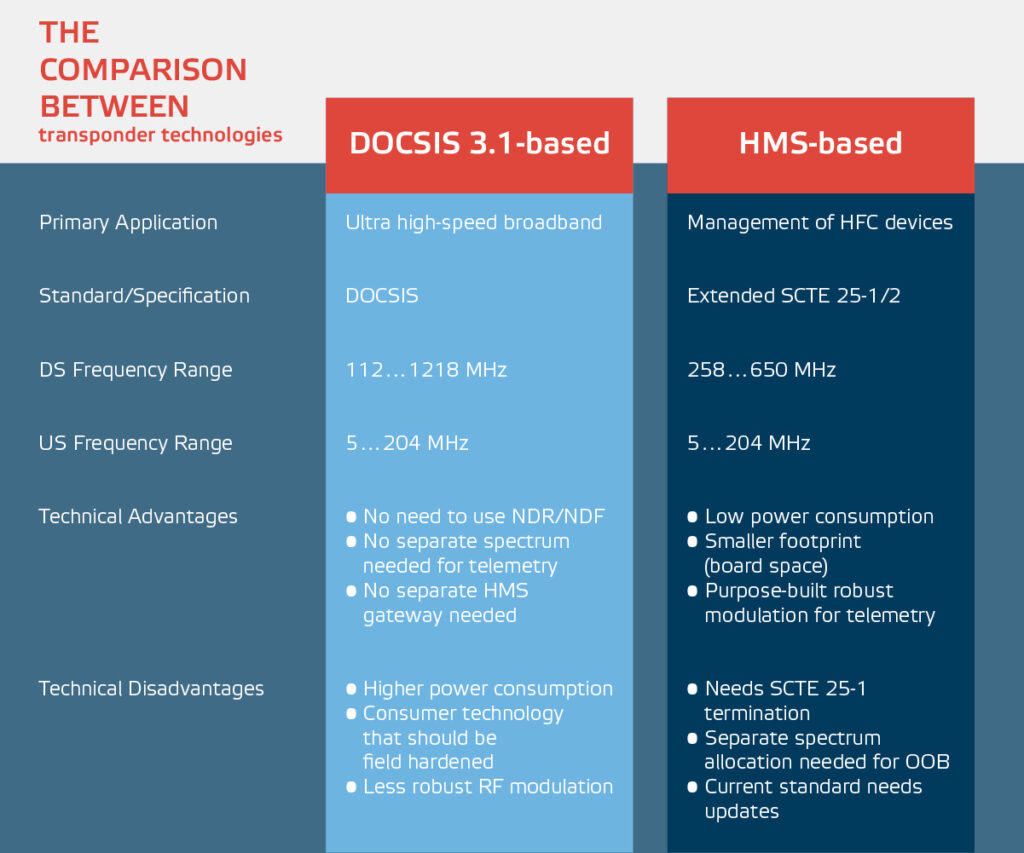
DOCSIS was developed for users in pursuit of ultra-fast broadband. DOCSIS modems are consumer devices that operate on household electricity. While power consumption is always a paramount consideration, within a consumer context, it can be offset by enhanced broadband speeds. Furthermore, in-home installations are generally more accommodating than the demanding conditions of outdoor environments. As a result, the environmental conditions that DOCSIS silicon vendors primarily aim to fulfill are less stringent compared to the demands of outdoor settings. Moreover, while certain DOCSIS 3.1 upstream modulation techniques exhibit robustness in noise-heavy conditions, employing them for telemetry negates the distinctive advantage of DOCSIS: its “in-band” communication capability, making it less distinguishable from HMS.
HMS was initially designed to manage HFC network elements. Over time, it has matured into a communication method characterized by low bandwidth and high resilience. The HMS life cycle prioritizes network considerations over subscriber needs, enabling it to cover multiple DOCSIS versions. Nonetheless, with the rise of distributed access, transitioning to HMSv2 becomes essential. The manner in which SCTE 25-1 is terminated — whether through the RPD software, an out-of-band gateway, or a direct NDF/NDR-to-HMS conversion in the HMS gateway — demands a unified decision from the cable industry. Moreover, collaborative efforts are imperative to address emerging challenges, such as those presented by the ultra-high split frequency range, as well as issues concerning the security of the supported SNMP version, IPv6 compatibility, and maximum packet/frame size.
While the precise differences in total cost of ownership between DOCSIS and HMS transponders continue to be debated, three key points stand out:
- Supporting both options will increase the costs for next-generation 1.8 GHz amplifiers.
- If the power consumption of 1.8 GHz amplifiers must not surpass that of the older 1 GHz amplifier generations, then HMS becomes the only viable choice.
- Indecision often exacts the greatest cost.
DIscover more reality checks!
